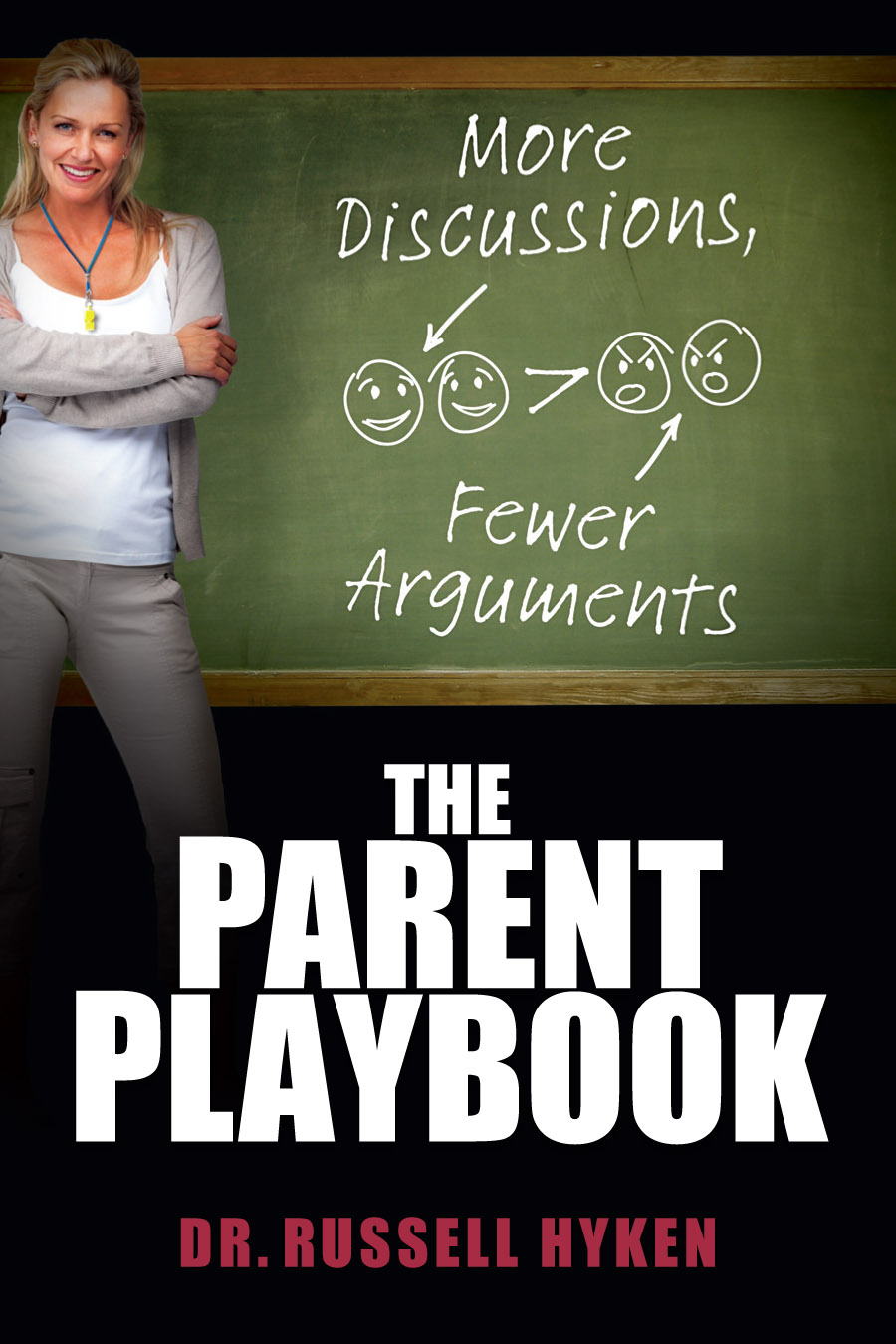Confessions of a Shopaholic
What is a shopaholic? While some of us may enjoy the thrill of an occasional splurge or spending more than we bargained for during a big sale–that doesn’t make you a shopaholic. But that rush or feeling you get when you make a good purchase is what some shopaholics describe as a retail high, which in turn will lead a compulsive shopper to want to buy more. Shopaholics are individuals who can’t control spending and have extended periods of uncontrolled spending sprees and impulse buys.
Is being a shopaholic an addiction? It is actually considered an impulse control disorder. One purchase leads to another and the thrill of buying often outweighs consideration of the consequences that follow. And it does lead to addictive like feeling. When a shopaholic makes the purchase, the brain gets flooded with dopamine, the same chemical that the brain releases during drug use. Then, after the shopping high, the buyer crashes and feels depressed /distressed. The cycle starts all over–again.
Signs you may be a Shopaholic?
Check your closet. Do you have many unopened items?
I am not talking about the sweater your aunt gave you last holiday season, but about items you selected on your own that are unopened or still have their tags attached. You may have even forgotten about some of these possessions – that’s a problem.
You often purchase things you don’t need or didn’t plan to buy.
You are easily tempted by items that you can do without like that tenth iPod case. Additionally, you may be particularly vulnerable to compulsive buying if you have a specific materialistic “obsession,” like shoes or designer handbags. Just because splurges tend to stick to one category doesn’t make them any more rational.
A bad mood sparks an urge to shop.
Compulsive shopping is an attempt to fill an emotional void, like loneliness, lack of control, or lack of self-confidence. Shopaholics also report feelings of being “out of sorts” if they haven’t had their shopping fix. So, if you tend to shop after a bad day or shop to pick up your mood, you may have a problem.
Tips to avoid being a Shopaholic!
Identify triggers.
Take note of what’s likely to send you off to the nearest department store . When these feelings overcome you, resist shopping at all costs and find a healthier way to work it out.
Carry only enough cash to buy what you need.
Leave your debit and credit cards at home. Create a shopping list with estimated costs, and stick to it when you’re at the store. And stay out of your favorite store if you can’t resist the merchandise.
Ask for help.
If you’re still struggling with compulsive spending, don’t be afraid to ask for help. You can start with self-help books or by asking a friend or family member to help keep you in check, but it might also be wise to enlist professional help. Consider therapy, resources such as Debtors Anonymous and a therapist who specializes in OCD and addiction.
Shopaholics are all types.
Compulsive shopping does not only affect women, but it is now believed to affect both genders almost equally. It is blind to income, race and age, and compulsive shopping negatively affects more than one out of every 20 Americans.

